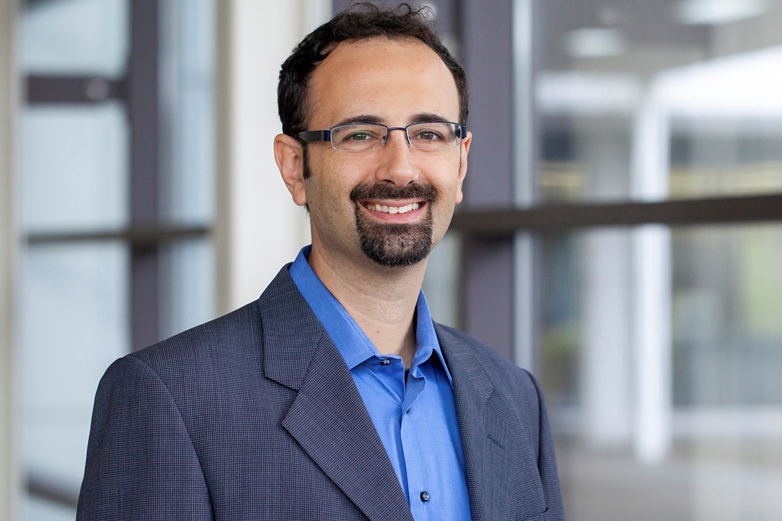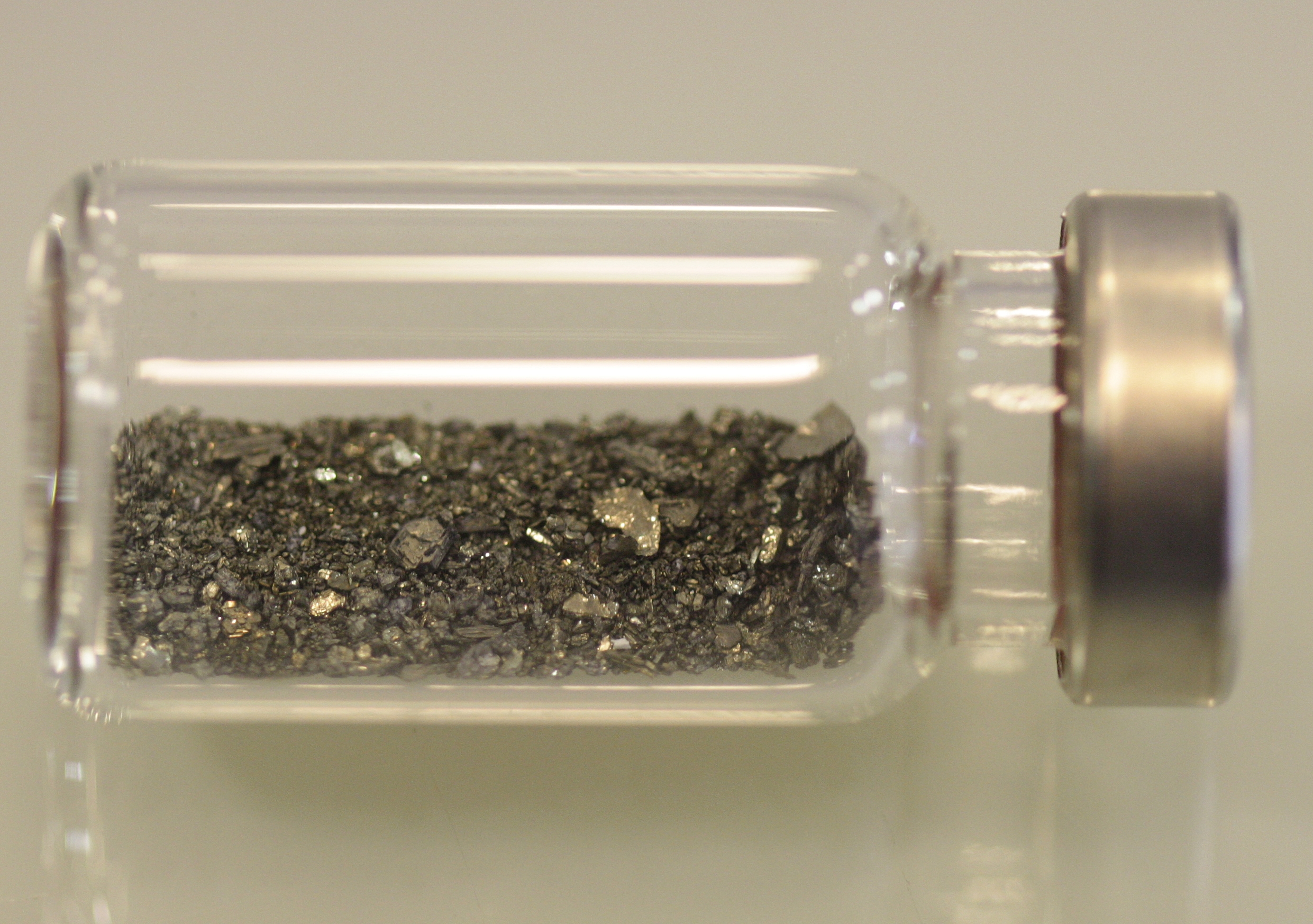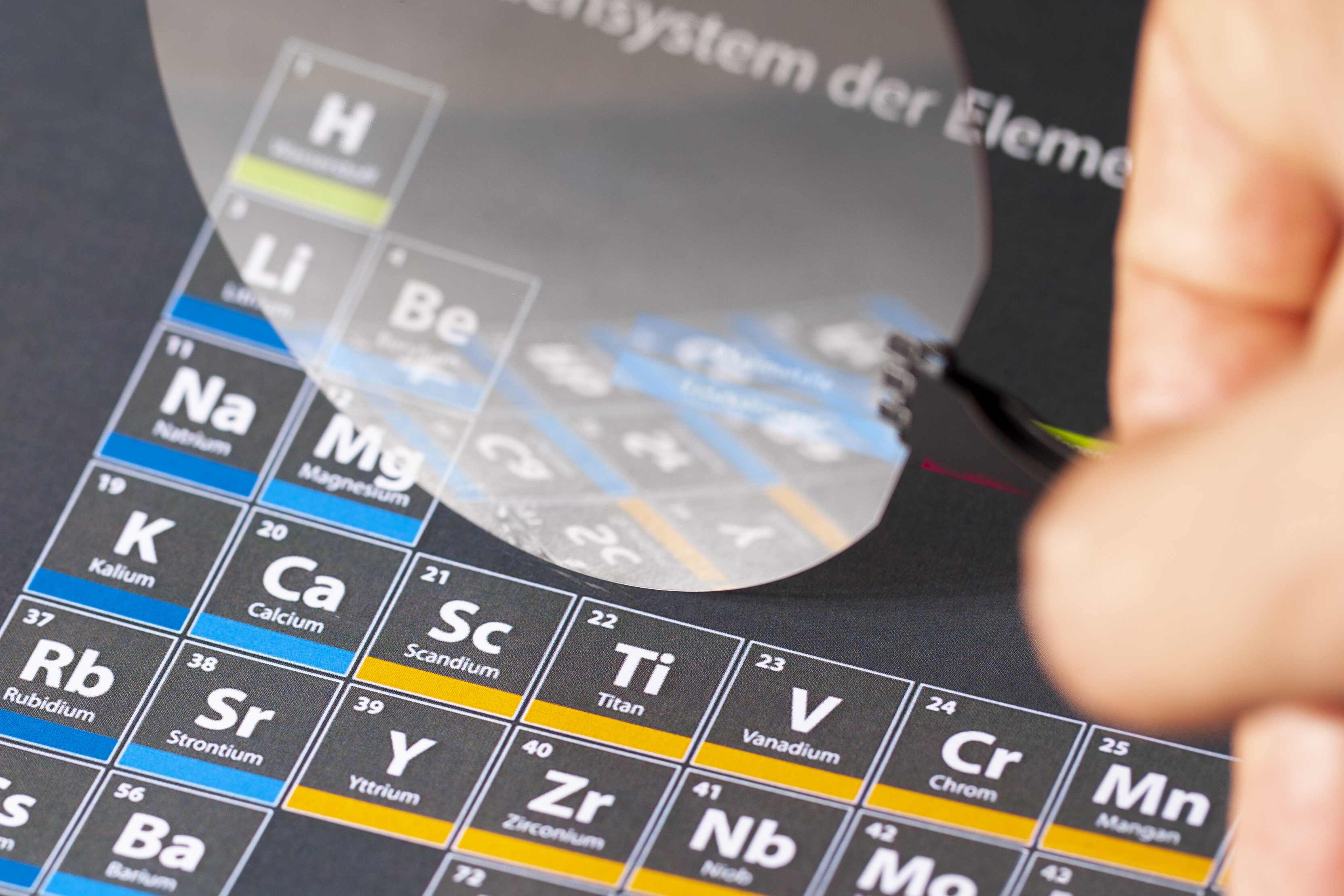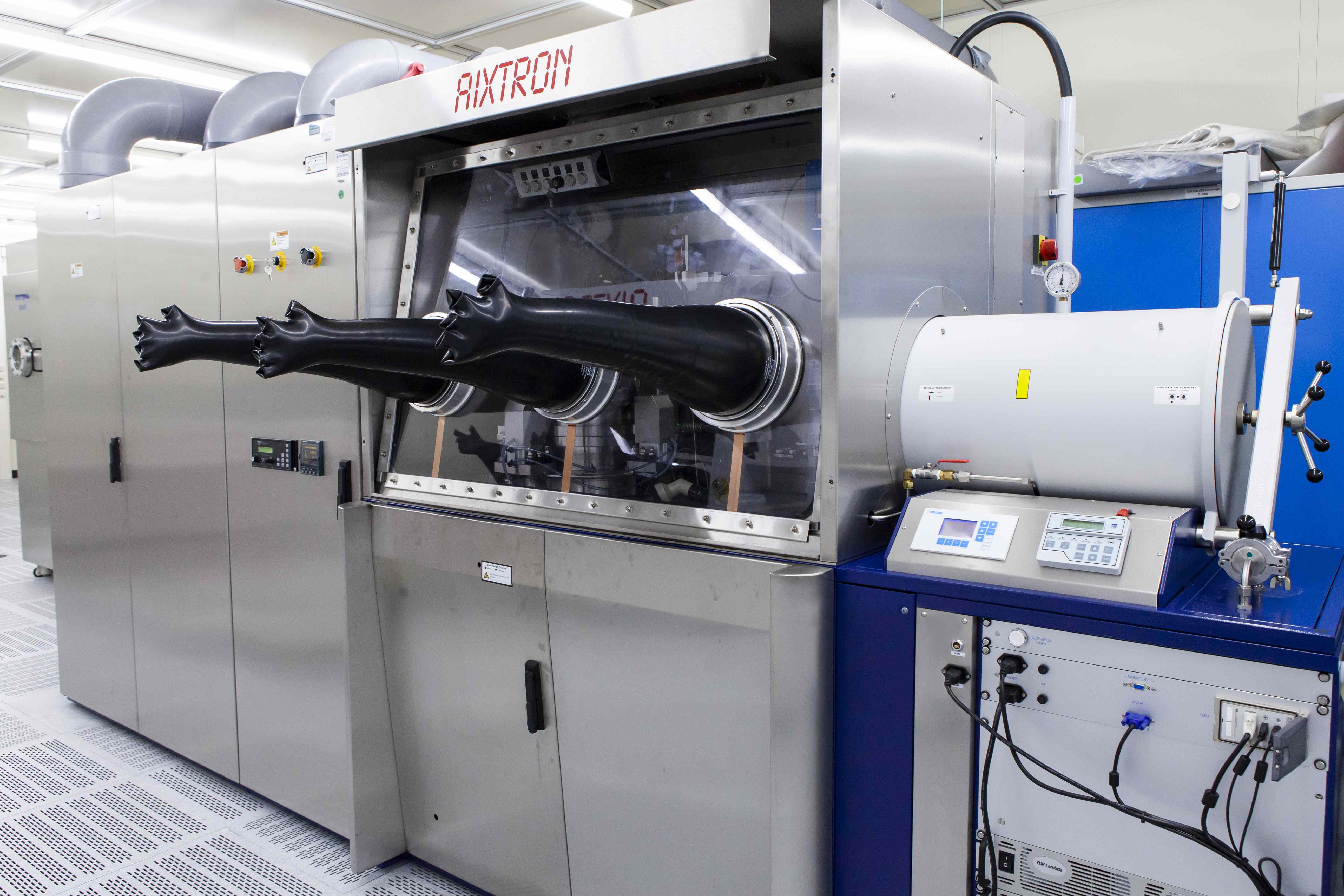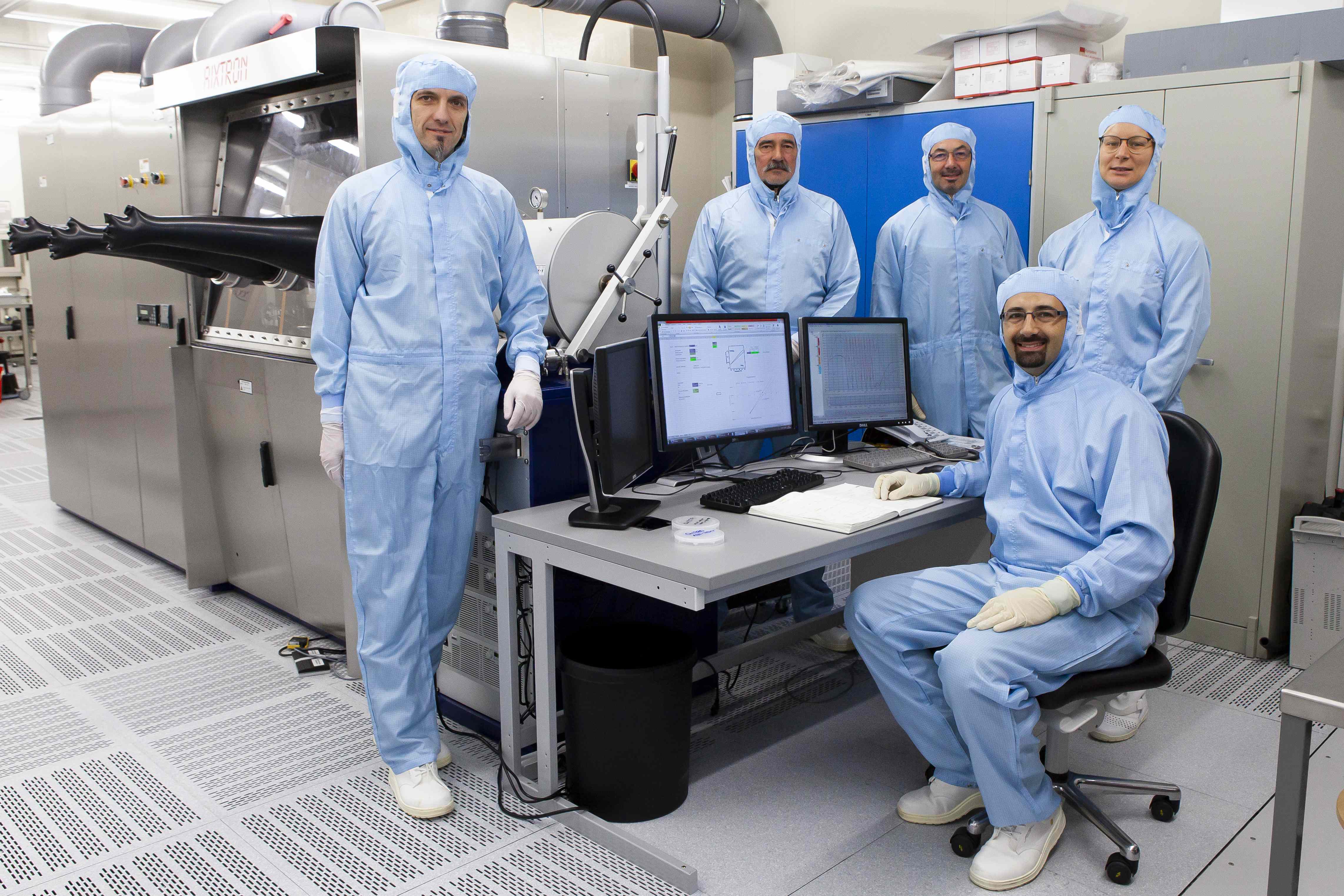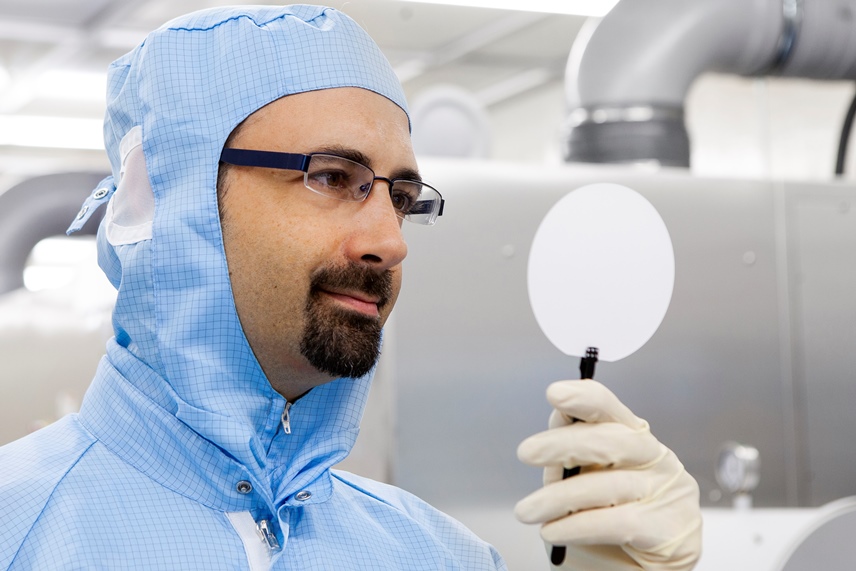How do you explain to others in simple terms what the patent is about?
Recently I saw the film Dumbo with my little daughter. It is about a small elephant with big ears who learns to fly. And then I proudly told her that I also made a Dumbo fly. Because that's exactly the difficulty of growing AlScN by MOCVD: the scandium molecule is quite large and heavy – just like Dumbo – so you need the right material and a smart way to bring it into the gas phase. Nevertheless, my team and I managed to make the Scandium Dumbo fly.
 Fraunhofer Institute for Applied Solid State Physics IAF
Fraunhofer Institute for Applied Solid State Physics IAF